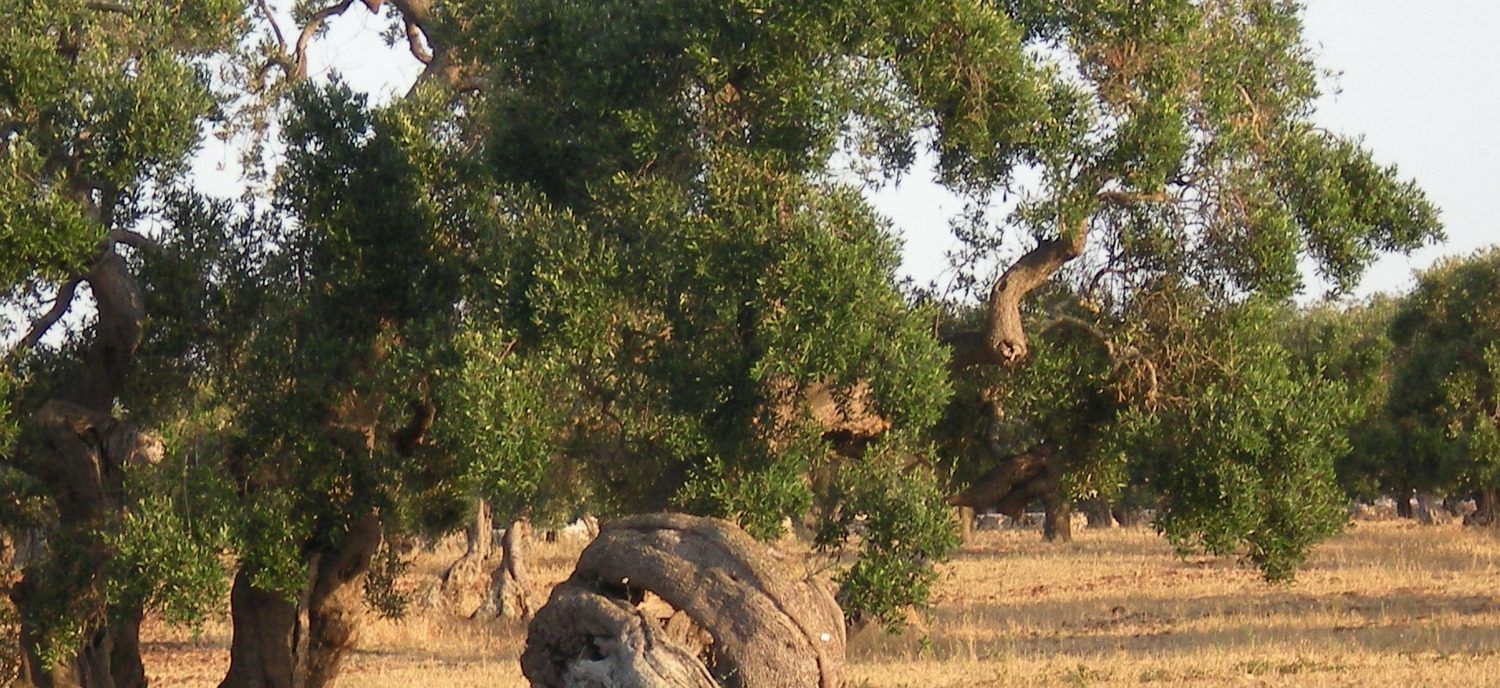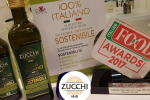7 December 2016
Oil made from Italian olives is produced in almost every region of the country. Olive trees require very little water, and can withstand long periods of drought. However, the amount of water the olive tree receives may affect the number and size of the olives it produces.
Italy is the world’s second largest producer of extra virgin olive oil, but it is the biggest consumer of this oil. It is no coincidence that
the main ingredients in the Mediterranean diet, which enjoys “World Heritage” status, is olive oil used in all Italian homes for at least the last century.
What are the characteristics of “green gold”? The different types of Italian olive oils offer an amazing variety of flavours and potential uses.
Olives and cultivars
All olive trees belong to the same species, Olea europaea sativa, a tree which grows to a height of 10-15 metres, with a squat, knotted trunk and small leaves. Its fruit cannot be eaten straight from the tree: freshly picked olives are sour and bitter, and if they are intended for the table rather than the oil mill they must first be treated with a special soda-based process known as the “concia“, to reduce their acidity and bitterness. Unlike the procedure used to “sweeten” olives for the table, the oil extraction process conserves the antioxidant properties of olive skins. Oil is contained in the flesh of olives in the form of tiny droplets. Olives vary in diameter depending on their growing conditions (temperature, rainfall and season) and above all on the type of cultivar.What does “cultivar” mean?
The word “cultivar” is a contracted version of the term “cultivated variety” and describes a variety of cultivated plant which has a specific set of morphological, physiological and agricultural characteristics. However, it is important to remember that olive cultivars are not botanical varieties; they are all types of Olea europaea, modified by environmental conditions and by the work of human growers, who have selected and crossed the types most suitable for different geographical areas and purposes. Growers have been grafting cuttings from the trees best suited to the production of the finest oil-making olives, and these varieties have been increasingly adopted, for many centuries now.Olive growing in Italy
Italy is home to more than five hundred olive cultivars, a great heritage which varied from region to region. Other Mediterranean countries, such as Spain, have not much more than a hundred cultivars, because over the years the types best suited to the weather conditions and the needs of large-scale production have gradually come to predominate. Monocultivar oils, i.e. those made from a single olive cultivar, only account for a small percentage of the extra virgin olive oils produced. Extra virgin olive oil may be the outcome of a blend of different cultivars: these oils are combined in carefully calculated proportions to obtain clearly defined nutritional and sensory characteristics.Characteristics of extra virgin olive oil
The type of cultivar and the time when the olives are harvested both affect the flavour of an extra virgin olive oil. Firstly, every variety of olive provides different characteristics both in chemical terms and with regard to taste, with bouquets that differ in fragrance and flavour. Secondly, it is fundamental to harvest the olives with the right degree of ripeness: olives’ characteristics may vary depending on their growth phase. The four olive ripeness stages are:- Herbaceous stage. In this stage, the olive is bright green in colour and its flesh is hard, with a very low oil content. This stage generally begins at the end of August.
- Towards the middle of October the olive swells in volume, it tends to turn purple in colour and its flesh is softer, with a higher proportion of oil.
- Full ripeness. When olives turn purple, they are ripe: a ripe olive produces a sweeter oil.
- Beyond a certain degree of ripeness, olives tend to fall from the tree and turn brown in colour.






